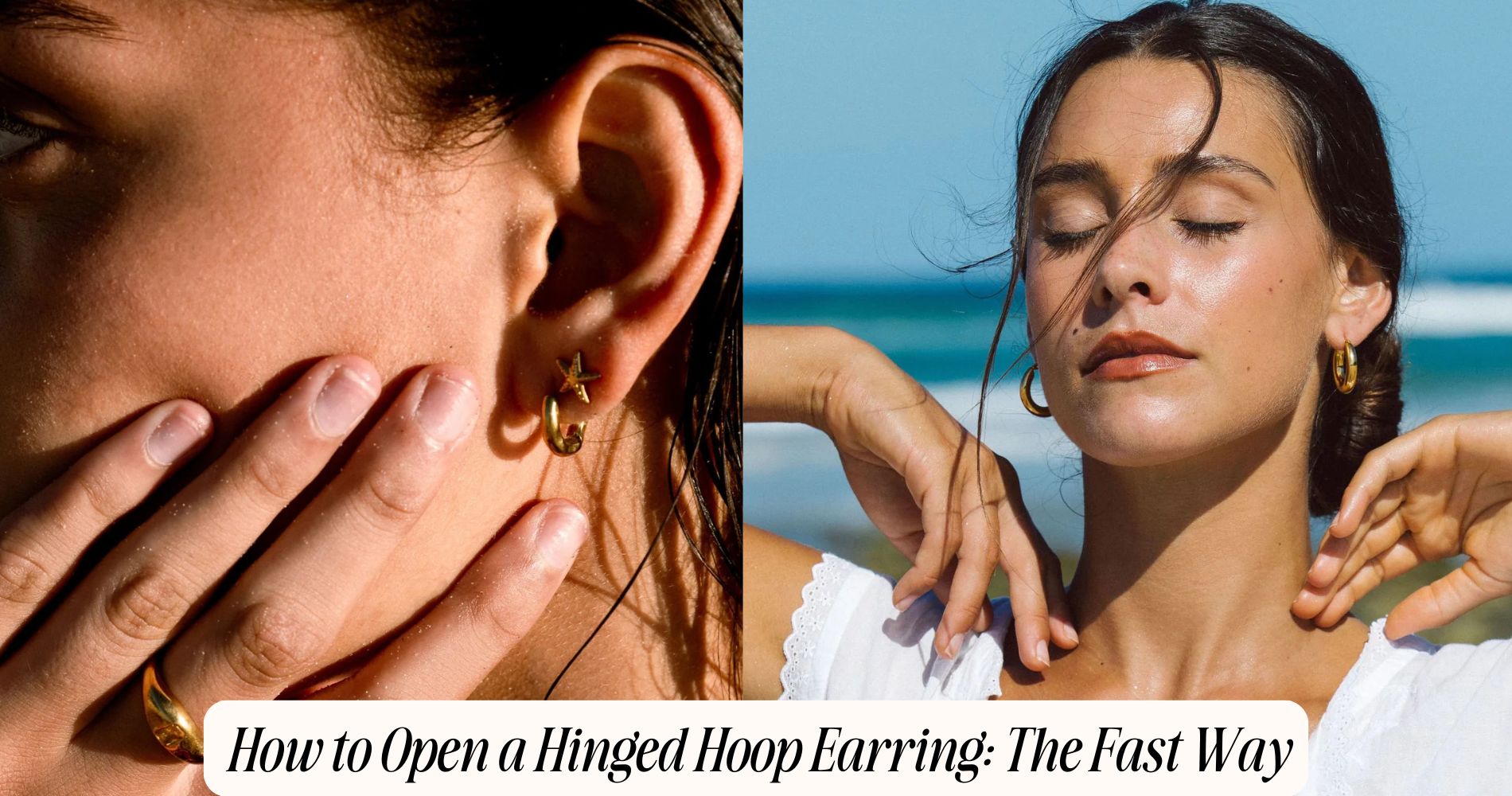
How to Open a Hinged Hoop Earring: The Fast Way
Learning how to open a hinged hoop earring correctly is essential for both safety and longevity. Grip the earring close to the hinge and clasp for maximum control. With your thumb and forefinger, apply gentle outward pressure directly along the hinge axis until the latch disengages—avoid twisting or forcing it sideways. Always work over a soft surface in case the earring drops, and check for smooth movement. For more tips on handling tricky hinges, cleaning, and securing your hoops, keep going—or explore our hypoallergenic hoop earrings for even more style and comfort options.
Understanding Hinged Hoop Earring Mechanisms
Although hinged hoop earrings may appear similar to traditional hoops, their unique closure mechanism sets them apart. You’ll notice a tiny hinge allowing the earring to open and close smoothly, providing both security and ease of use.
Most hinged hoops feature a small, curved post that snaps into a groove or latch on the opposite side, creating a seamless loop when closed. This design enhances jewelry safety, minimizing the risk of accidental loss or skin irritation common with less secure accessory styles.
To identify the mechanism, locate the hinge—usually on one side of the hoop—and the clasp or notch directly opposite. Understanding these components ensures you can operate the closure safely without warping the metal.
Mastering this will let you enjoy various accessory styles while prioritizing jewelry safety.
Gathering What You Need Before You Start
Before you attempt to open a hinged hoop earring, gather a few essential items to guarantee a smooth and safe process. Start by preparing a clean, flat workspace to prevent your earring from rolling away or becoming damaged.
Place a soft cloth or jewelry storage tray on your work surface to cushion the earring and keep small components secure. Ensure your hands are clean and dry to maintain excellent grip and avoid transferring oils to the metal.
If you own multiple earring styles, separate the hinged hoops from other jewelry to reduce confusion and loss. You might also want a magnifying glass for a clearer view of intricate mechanisms, especially with smaller designs.
Keep a pair of non-slip tweezers nearby for added control if needed.
Locating the Hinge and Clasp
With your workspace prepared and tools at hand, focus on identifying the two key components of your hinged hoop earring: the hinge and the clasp.
Examine the earring closely under good lighting. The hinge is typically a small, discreet joint connecting the two halves of the hoop, often located opposite the decorative front. Depending on material types—such as gold, silver, stainless steel, or titanium—the hinge may look slightly different but always serves as the pivot point.
Hinge materials impact durability and movement; gold hinges are smooth but softer, while stainless steel offers more rigidity.
Locate the clasp, which securely snaps or clicks into place, holding the earring closed. Identifying both components accurately is essential before attempting to open the hoop safely and efficiently.
Holding Your Earring for Maximum Control
To guarantee maximum control while opening a hinged hoop earring, grip the earring firmly between your thumb and forefinger. Position your fingers as close to the hinge and clasp as possible without obstructing their movement.
This grip stabilizes the earring and reduces the risk of slipping, which is especially important when handling delicate or smooth earring materials like gold, silver, or stainless steel.
Hold the earring over a soft surface or jewelry storage tray to prevent accidental drops that could damage the clasp or the earring itself.
Avoid applying excessive force on the hoop, as different earring materials vary in strength and flexibility.
Applying Gentle Pressure to Release the Clasp
Once you’ve secured a stable grip, direct your attention to the clasp mechanism at the hinged section of the hoop.
Using your thumb and index finger, apply gentle, even pressure to the area where the post meets the latch. For most hinged hoops, a slight outward push on the post will disengage it from the locking groove, allowing the clasp to release.
Pay attention to material considerations: gold and silver are malleable, so avoid excessive force, which could deform the earring.
Always work over a soft surface or your jewelry storage case to prevent dropping and potential damage.
Precise, measured pressure ensures the clasp releases smoothly without stressing the hinge or post.
Avoid twisting motions, as these can compromise the integrity of the mechanism.
Opening the Hoop Without Bending
Although the urge to pry the hoop apart may be strong, you should always manipulate the earring along its intended hinge axis to prevent unintended bending. Hold the hinged hoop earring securely between your thumb and forefinger, ensuring you grip both the stationary and the movable segments.
Carefully locate the hinge mechanism—this is the axis along which the hoop is designed to open and close. Apply gentle, even pressure at the hinge point, allowing the clasp to release without distorting the circular shape.
Avoid twisting or pulling the hoop sideways, as this can compromise the structural integrity of your DIY jewelry or fashion accessories. By following the hinge’s movement, you maintain the earring’s precise alignment and prevent damage, ensuring repeated use and lasting style.
Tips for First-Time Users
Mastering the correct method for opening a hinged hoop earring sets the foundation for a smooth experience, especially if you’re trying it for the first time. Start by holding the hoop with both hands near the hinge, applying gentle, even pressure.
Identify the seam where the post meets the hoop. Use your thumb and index finger to carefully pull the post away from the hoop until it clicks open.
Always avoid twisting or excessive force, which can misalign the mechanism. Consider the material varieties—gold, silver, stainless steel—since some are softer and require extra care.
After use, place your earrings in dedicated jewelry storage to prevent scratching, deformation, or loss.
Consistent technique and proper storage preserve both the function and appearance of your earrings.
Troubleshooting a Stuck Hinge
If your hinged hoop earring refuses to open, check for debris or residue around the hinge and seam, as even small particles can impede movement. Use a magnifying glass to inspect the hinge closely.
Gently tap the earring on a soft surface to dislodge loose particles. If the hinge remains stuck, avoid forcing it, as excessive pressure can damage delicate hinge material, especially in gold or silver.
Check if improper jewelry storage has caused the earring to bend or warp, which may misalign the hinge mechanism. If misalignment is visible, use flat, smooth-tipped tweezers to realign the hinge carefully.
For persistent issues, consult a professional jeweler to avoid permanent damage. Never use lubricants or household tools, as these may compromise the hinge’s integrity.
Cleaning and Maintaining the Hinge
To guarantee your hinged hoop earring functions smoothly, routinely clean the hinge area with a soft, lint-free cloth to remove skin oils and residue.
For deeper cleaning, use a solution of mild soap and lukewarm water, applying it gently with a soft-bristled brush to access the crevice of the hinge. Rinse thoroughly and dry completely to avoid moisture accumulation, which can promote tarnish.
For tarnish prevention, avoid exposing your earrings to harsh chemicals, perfumes, or lotions.
When not in use, prioritize proper jewelry storage by keeping your hinged hoops in a dry, fabric-lined jewelry box or anti-tarnish pouch. This minimizes exposure to air and humidity, which can degrade the hinge mechanism and finish over time, preserving both function and appearance.
Safely Securing the Hoop After Wearing
Once you’ve finished wearing your hinged hoop earrings, guarantee the closure mechanism properly locks by aligning the post with the receiving groove or latch. Apply gentle pressure to hear a distinct “click,” confirming the earring is secured. This ensures your hoops stay safe when not in use, preserving both their structure and the integrity of the hinge—a vital feature developed throughout the history of jewelry for enhanced security and ease of wear.
Always store your earrings in a designated jewelry box or soft pouch to prevent scratches, following modern fashion trends that value both style and preservation. Periodically verify the hinge’s alignment, as improper storage or hurried handling can cause misalignment over time.
These steps maintain your earrings’ longevity and dependable fit.
Frequently Asked Questions
Can Hinged Hoop Earrings Be Worn in Cartilage Piercings?
Yes, you can wear hinged hoop earrings in cartilage piercings if the gauge matches your piercing. Use proper ear piercing techniques to avoid trauma, and always apply jewelry sterilization methods before insertion to prevent infection and guarantee safety.
Are Hinged Hoops Suitable for Sensitive Ears?
If you've got sensitive ears, choose hinged hoops made from hypoallergenic options like surgical steel or titanium. These materials minimize allergic reactions, making them suitable for everyday wear. Always confirm the alloy composition before purchasing for ideal safety.
How Do I Choose the Right Size Hinged Hoop Earring?
To choose the right size hinged hoop earring, first measure your desired hoop diameter. Compare size options charted by millimeters. Consider your style choices—smaller hoops offer subtlety, while larger ones make a bold statement. Match proportions to your face shape.
Can I Sleep With Hinged Hoop Earrings In?
You can sleep with hinged hoop earrings in, but for ideal earring safety and jewelry maintenance, choose lightweight, hypoallergenic materials. Regularly inspect clasps for secure closure and clean your earrings frequently to prevent irritation or buildup during overnight wear.
What Materials Are Hinged Hoop Earrings Commonly Made From?
You’ll typically find hinged hoop earrings made from stainless steel, titanium, gold, or sterling silver. These materials offer excellent durability and hypoallergenic options, reducing irritation risk. Always verify the metal composition to guarantee long-lasting, comfortable wear.
Conclusion
Opening a hinged hoop earring is simple when you identify the hinge and clasp, hold the earring securely, and apply gentle, controlled pressure. If the hinge feels stuck, don’t force it—clean it carefully and try again. Regular maintenance keeps the mechanism smooth and easy to operate. Always guarantee the clasp clicks shut after wearing to prevent loss. With practice, you’ll handle hinged hoops quickly and confidently, keeping both your earrings and ears safe and comfortable.


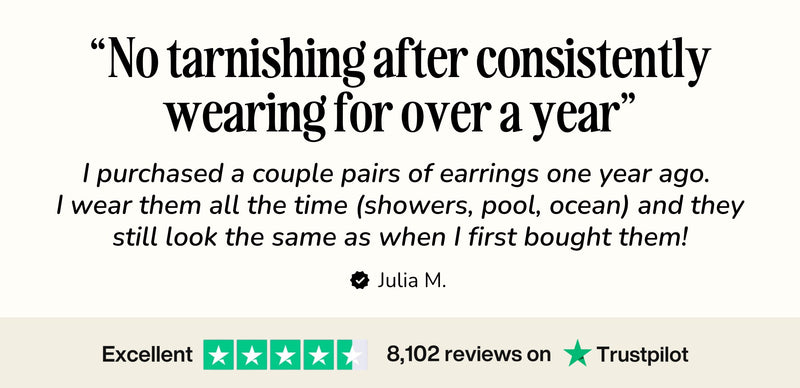





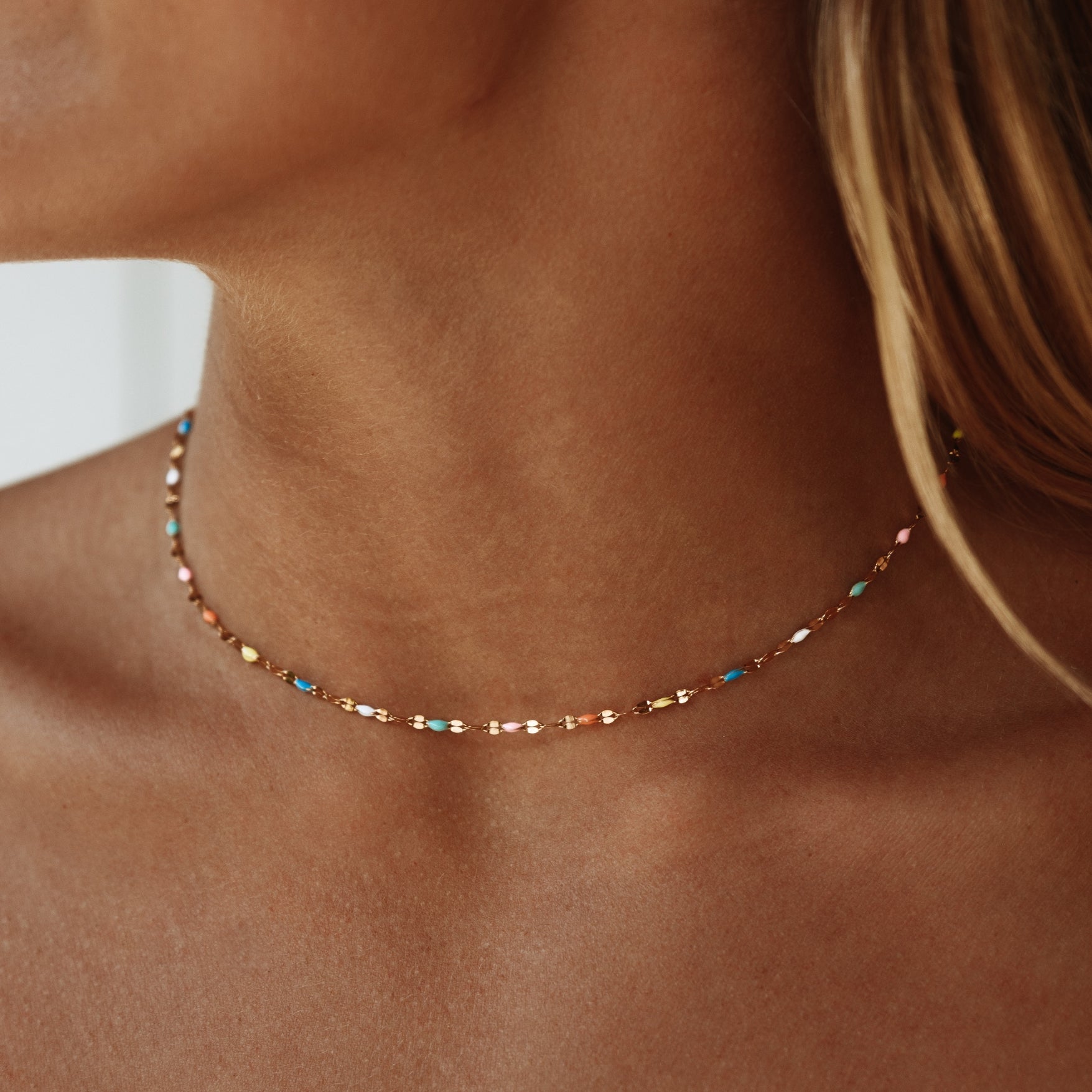
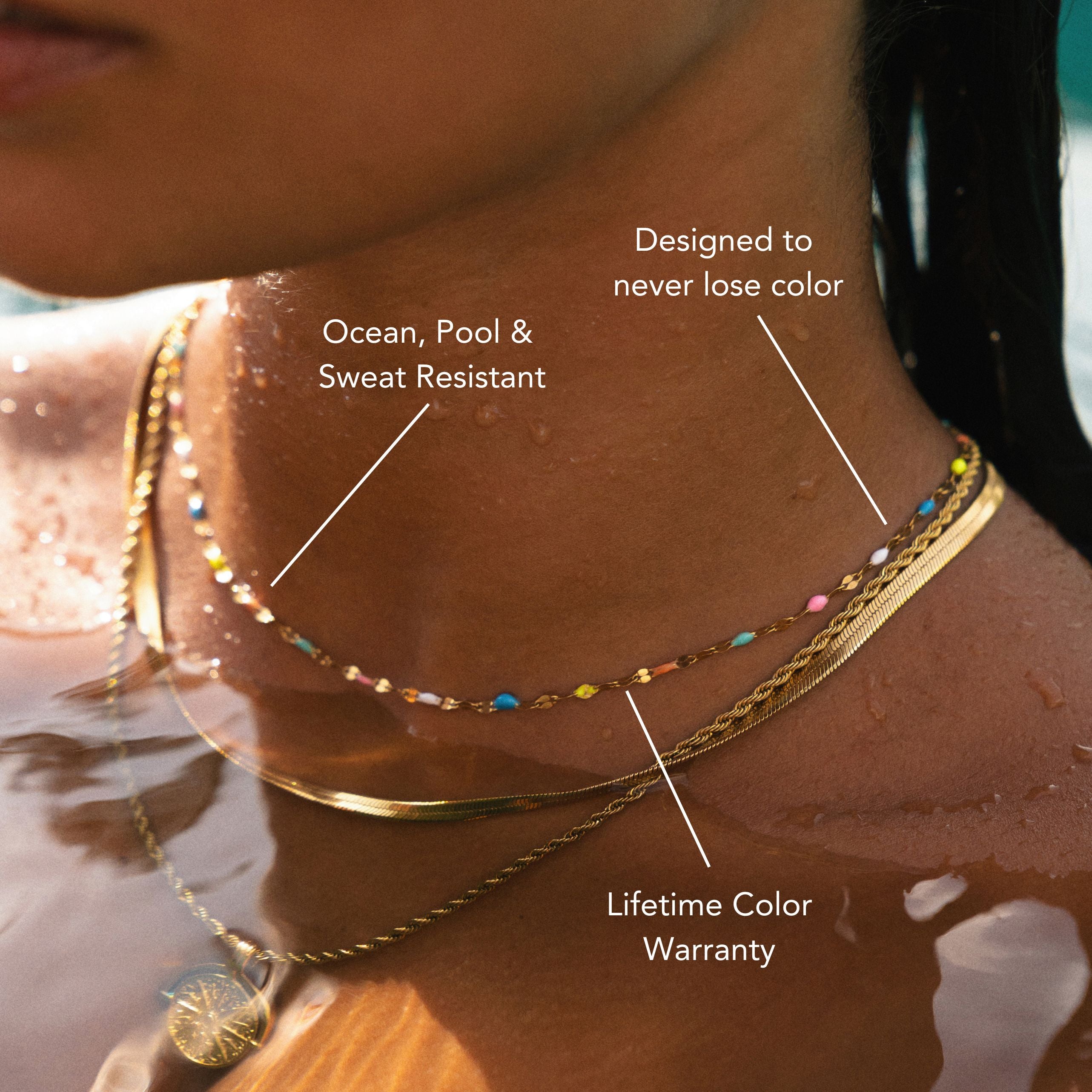
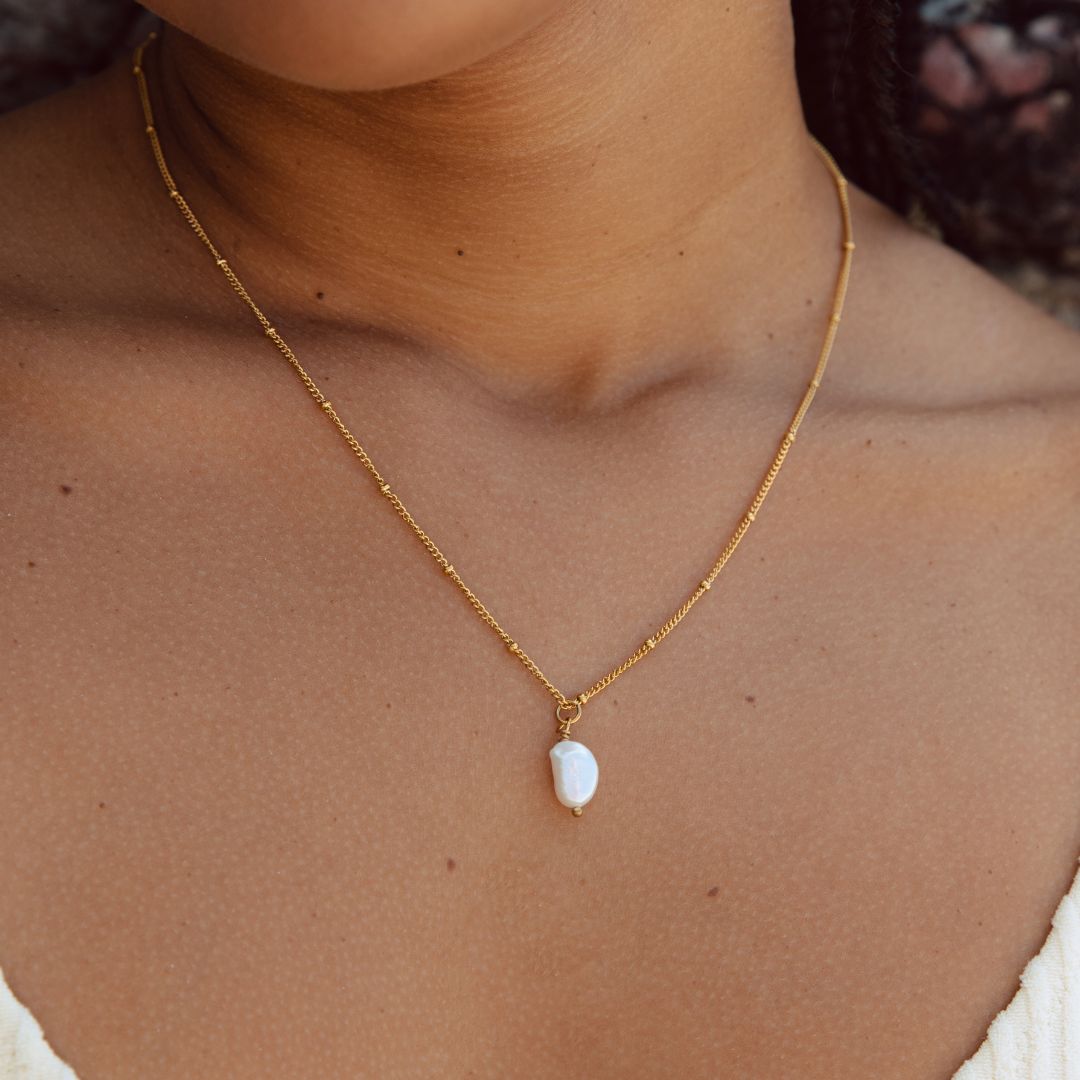

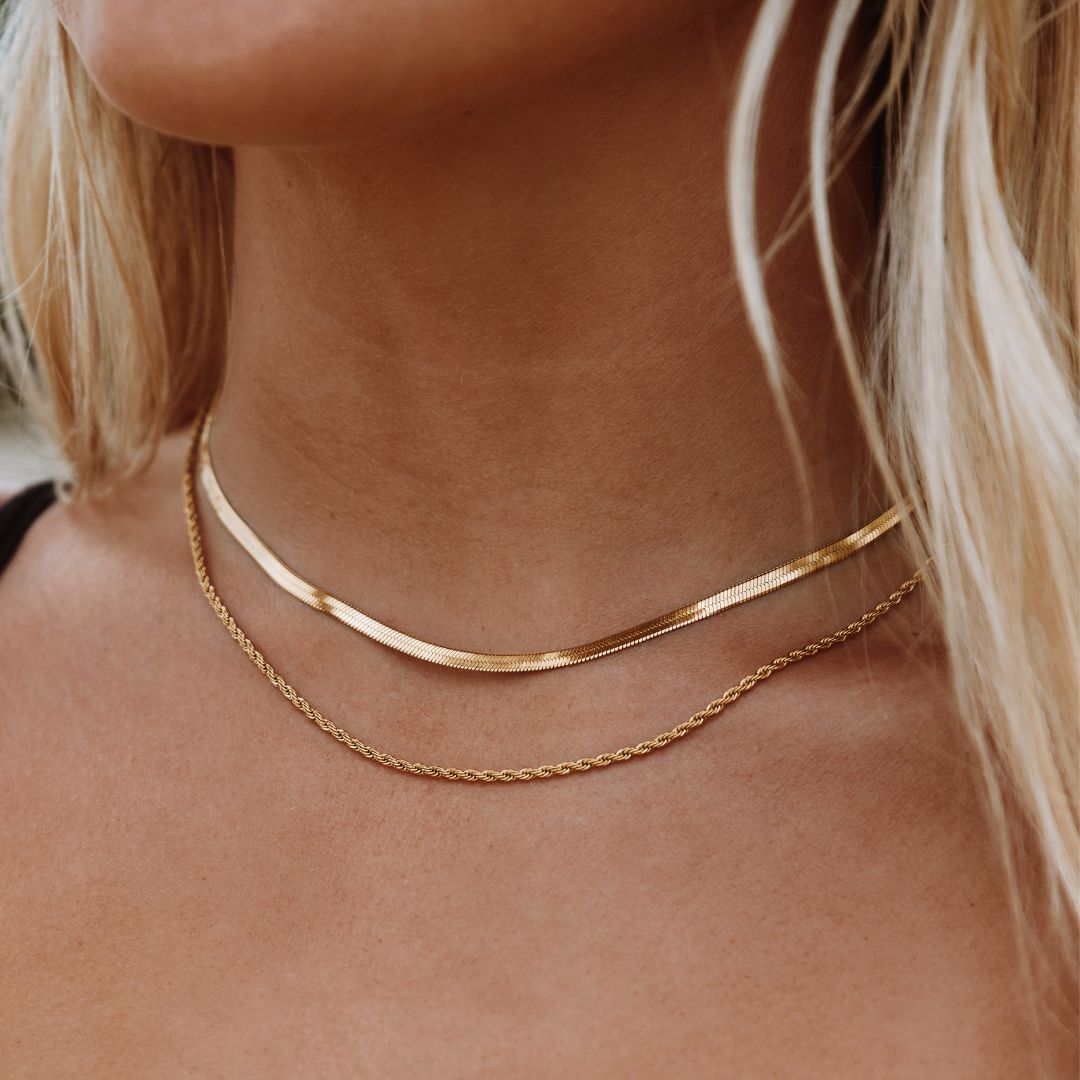
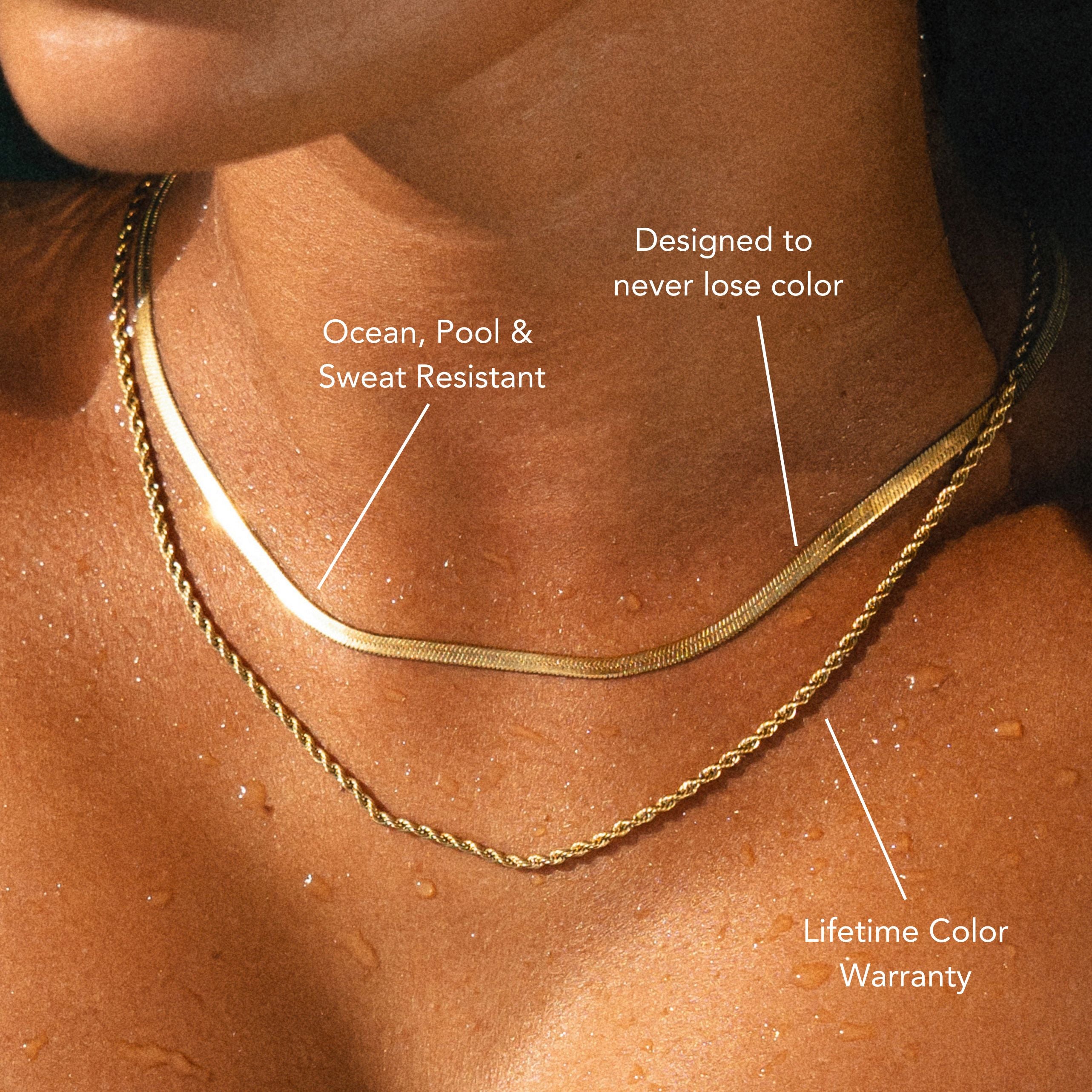
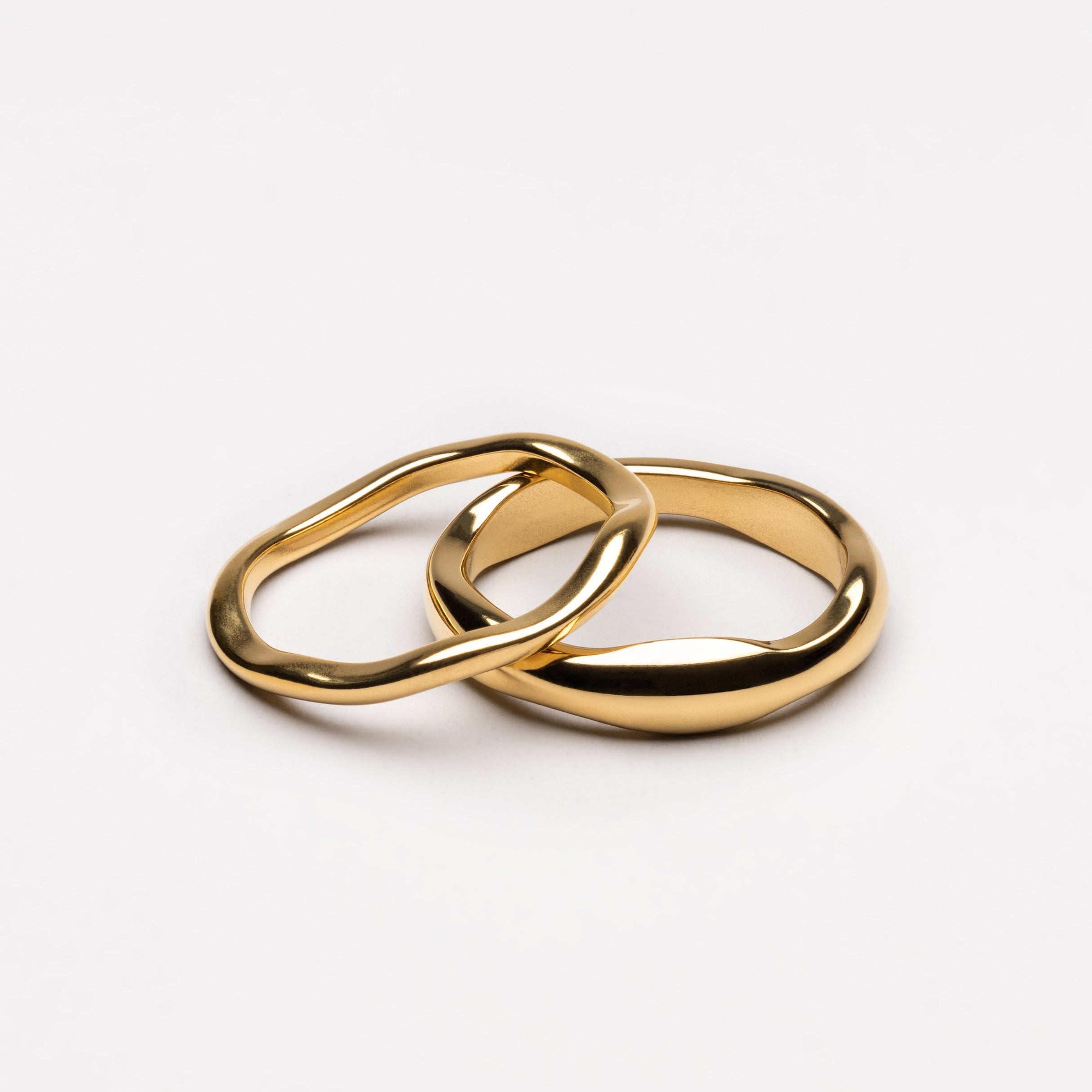
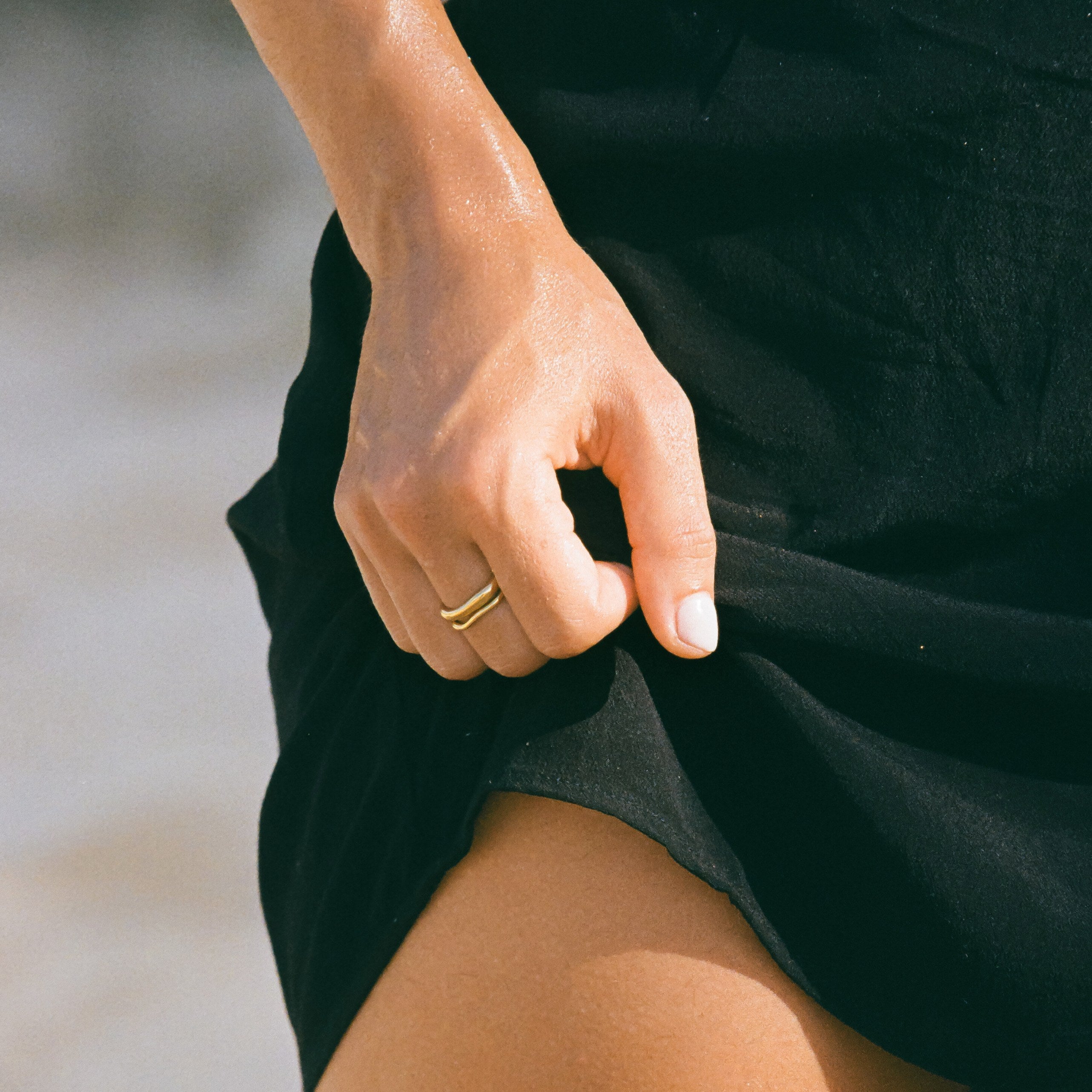
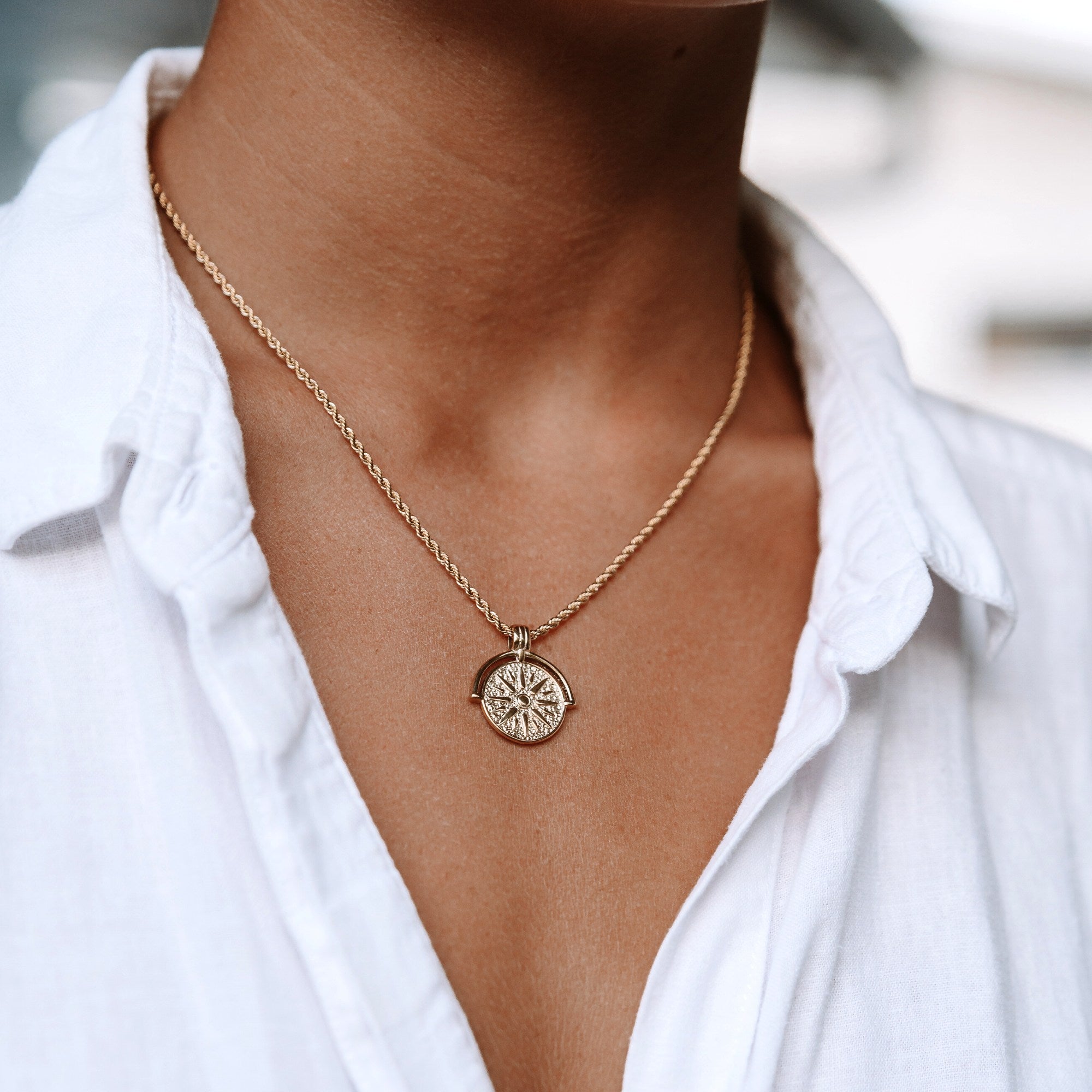
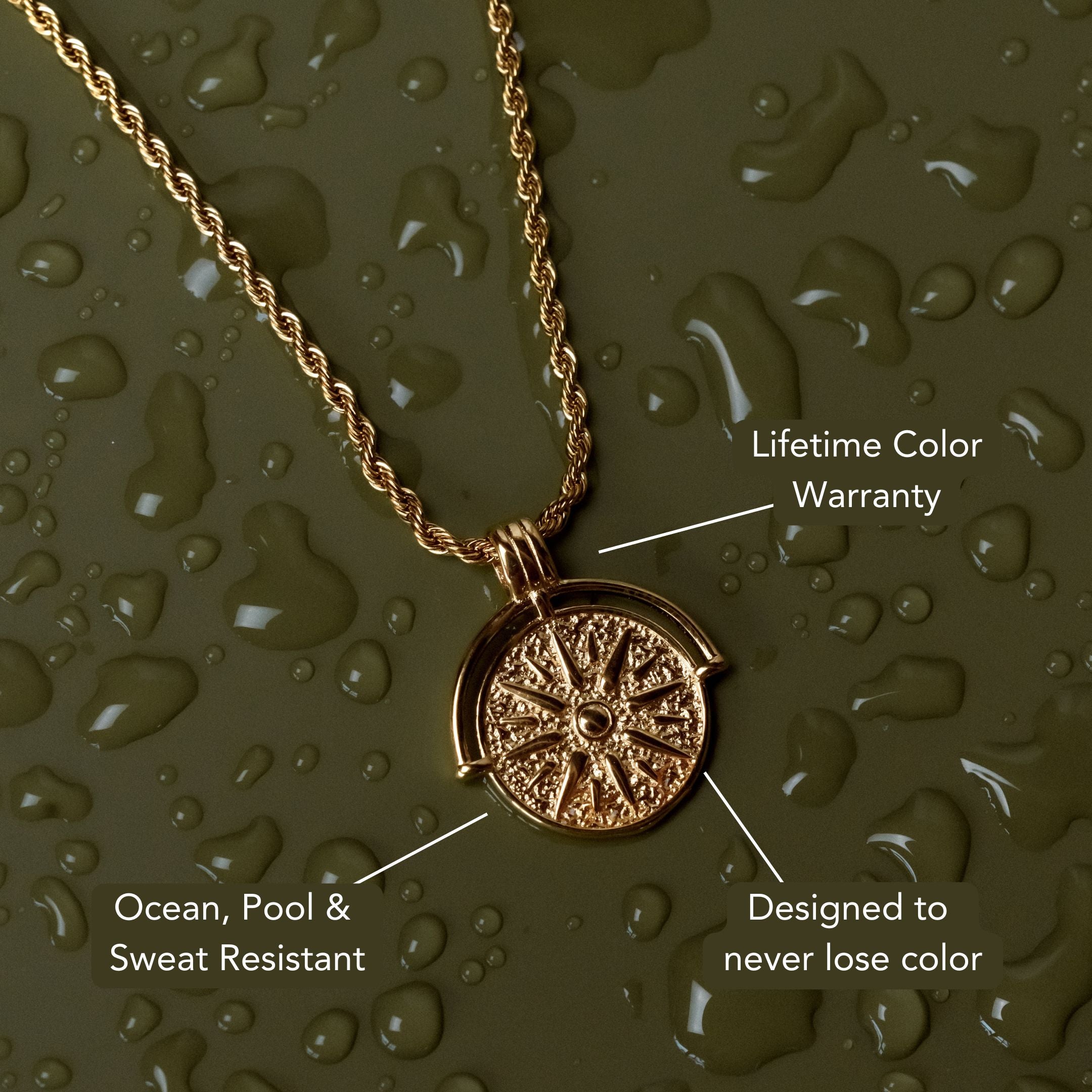

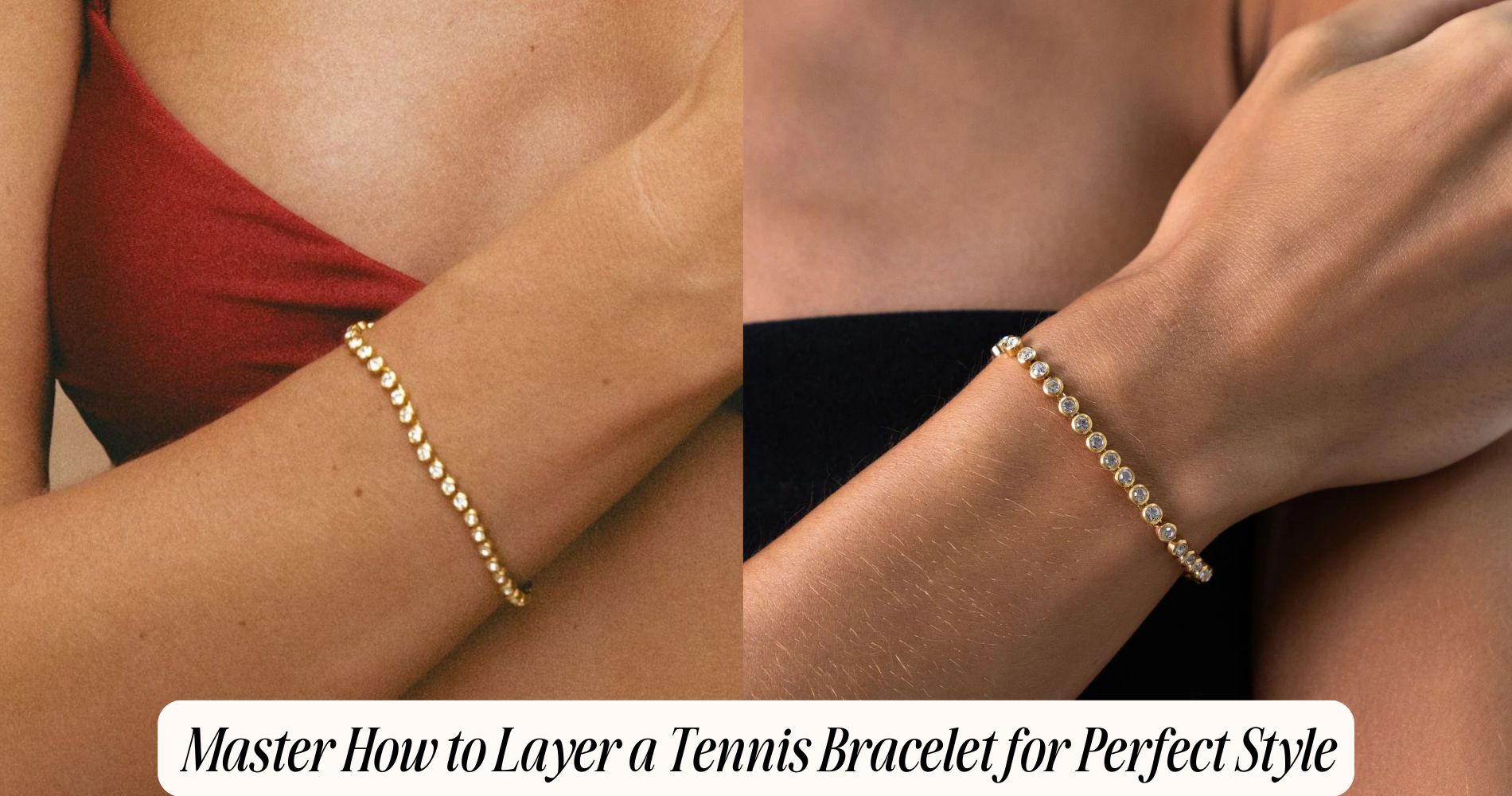




Leave a comment
This site is protected by hCaptcha and the hCaptcha Privacy Policy and Terms of Service apply.